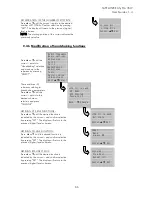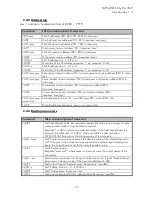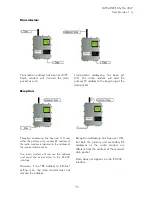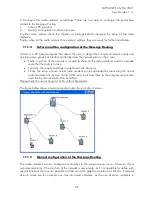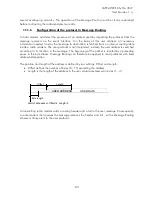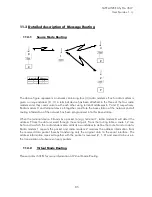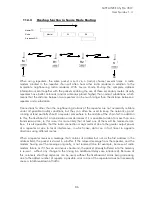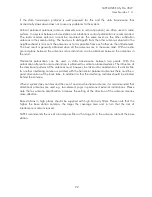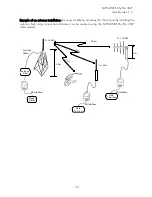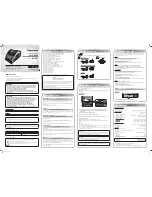
SATELLINE-EASy Pro 35W
User Guide v.1.4
80
11
MESSAGE ROUTING
11.1
Introduction to Message Routing
Message Routing
is an exciting feature in SATELLINE-EASy Pro 35W
.
This feature allows messages
from terminal devices to be automatically routed over the radio modem network to a specified
recipient terminal.
In brief, the
Message Routing
works as follows:
•
First, a radio modem reads any message coming from the terminal(s) attached to it.
•
The radio modem detects the terminal address of the recipient, by seeking a pre-set
position inside the message for the address.
•
The radio modem checks its internal route table to see, if there is route information
corresponding the address it has just found.
•
The radio modem transmits a radio frame, which includes
•
network id (see later)
•
route information
•
original user message encapsulated
•
redundant information such as checksums for error checking etc.
•
The radio modems along the route relay the frame over the network to the radio modem
at the destination.
•
The radio modem at the destination first checks the validity of the received radio frame,
then extracts the original user message, and finally outputs it the terminal device attached
to it.
The figure left illustrates a possible structure of a
radio modem network.
M = Master station (Central station)
R = Repeater station
S = Slave station
T = Terminal device
Mob = Mobile terminal
Terminals are usually PLC devices that send and
receive messages according to a specific user
protocol.
Note:
The term
repeater
used in the context of the
Message Routing
should not be mixed with the
Repeater Mode
, which is a feature independent from the
Message Routing
.
M
R
R
R
S
S
S
S
S
T
T
T
T
T
T
T
Mob
T

